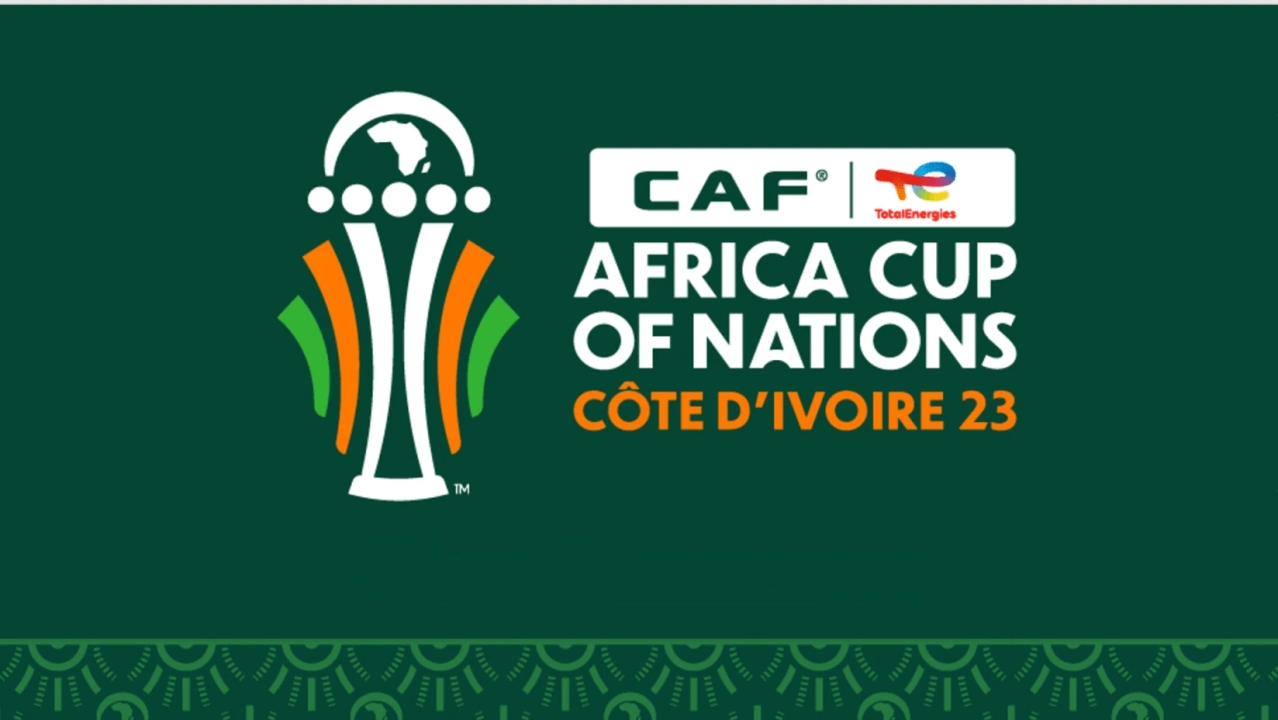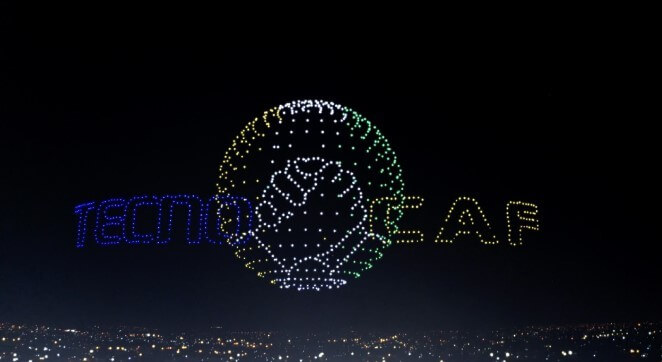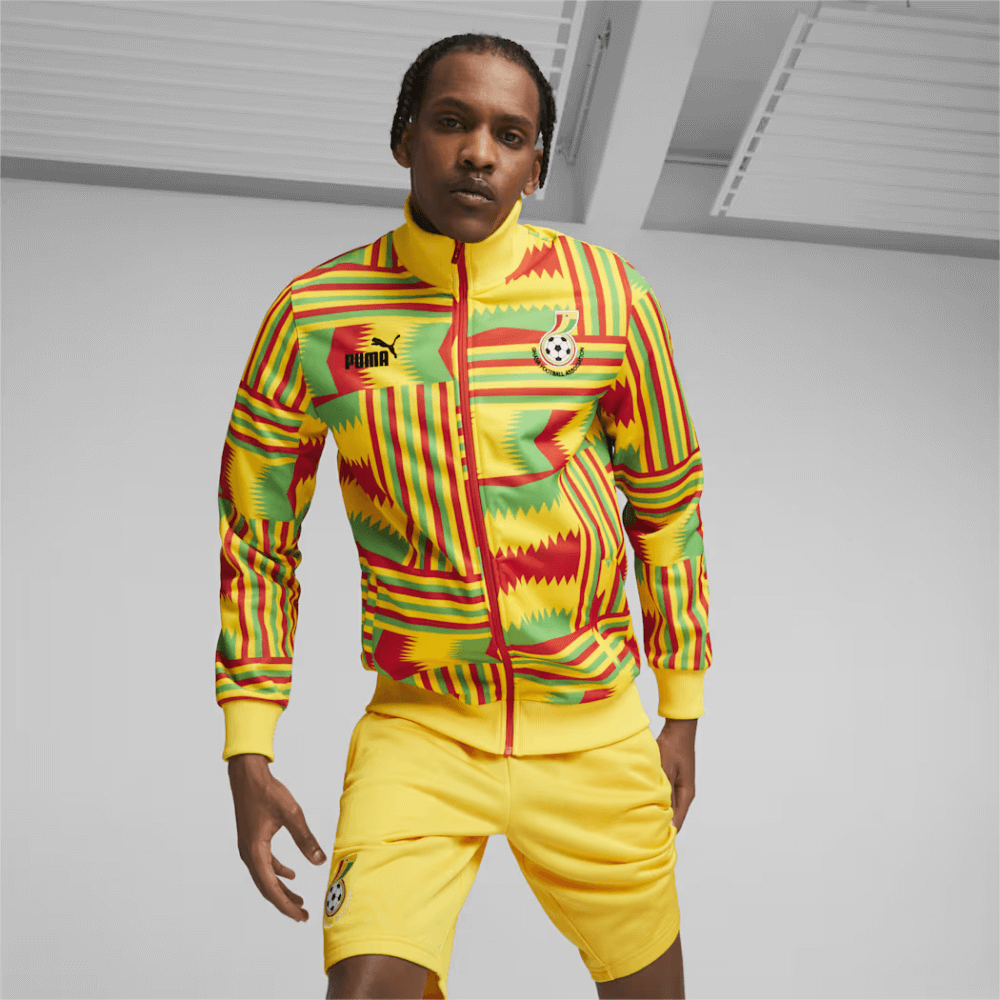The African Cup of Nations (CAN) 2023, once again keeps all its promises. The Ivory Coast, theater of this edition started on January 13 and ends this Sunday, February 11 has not escaped the rule. Surprises on and off the field. The host country almost eliminated in the first round finds itself in the final by who knows what marab… It’s a miracle and we’ve seen some breathtaking swimsuits. A bold blend of creativity that sometimes borders on genius… but also the absurd. Imagine: logos that seem to escape from a 90s rave, swimsuits that would make a rainbow blush, and a visual communication so “rich” that it would make Instagram look like an old black and white newspaper. Yes, my friends, CAN 2023 is not just a football tournament; it is an explosion of colors, patterns and African pride, where the good, the bad and the hilarious frankly meet. Get ready to dive into a world where design meets football, often with a snap of your fingers and sometimes an unexpected laugh.

The cultural imprint of Africa at CAN 2023
09 February
5 min

The visual show: logos and jerseys
The CAN 2023 logo seems to have been designed by a creative genius who thought: “What if we put forward elephant tusks without elephants?”. Result? A cup formed by these defenses, a mischievous nod to Côte d’Ivoire, which is not only known for its unconditional love of football, but also for these giants of the savannah. These six defenses are a bit like the African family reunion, each group bringing its own flavor to the tournament, a true melting pot of diversity and unity, as an African grandmother recipe handed down through generations.
As for the jerseys, some are so creative that we could almost confuse them with works of art. Take the third jersey of Tunisia: with its mosaic patterns that could be confused with one of the tapestries dear to our Maghreb friends, it almost makes us forget that it is destined to be covered with mud on the ground. It is the perfect union between fashion and football, proving that the African style is much more than just a trendy hashtag. Each jersey tells a story, a kind of textile biography, where national pride is proudly worn on the shoulders… literally.

the communication of the event
CAN 2023, with its visual communication strategy, seems to come straight out of a dream of a marketer a little too passionate about Instagram filters. The posters and banners of the event, with their captivating visuals and bright colors, seem to say: “Look at me, I am more colorful than a goalkeeper jersey of the 90s!”
On the digital side, the organization has relied on interactive content and visual storytelling, in a bold attempt to make football as captivating as a Netflix series. And they even invested TikTok, in the hope that a viral dance could make forget some matches without flavors that embellished this CAN.
To really mark the occasion, they collaborated with TECNO to orchestrate an aerial ballet of 1000 luminous drones during the opening ceremony. With all these drones I hope there were no offside mistakes afterwards.
In terms of evolution, CAN 2023 seems to have finally understood that the digital world is more than just a gadget, like a referee who discovers the VAR after years of whistling to the feeling. The communication errors of previous editions seem to have been corrected, a bit like when a club finally recruits a good defender after seasons of goals conceded to the shovel.
In short, this edition of the CAN seems to be the perfect mix between tradition and modernity, a bit like an old football club suddenly discovering the joys of social networks. It remains to be seen whether this strategy is as influential as the sporting achievements on the field.

The conquest of Puma
Puma, in his tireless quest for dominance in the world of sport, threw himself into African football. By becoming the official supplier of the ball and referee equipment for CAF tournaments, announced with great fanfare in October 2023, Puma has strengthened its grip on the continent, like Makélélélé in a game where the 10 wants to make the brag.
Since 1997, Puma has been weaving its web in African football, establishing partnerships with nearly 10 of the 16 countries involved. This targeted approach stands out from the strategies of giants like Nike and Adidas, focusing instead on exploiting a geographical area in this case the African market. Is it because of their feline side? It is not only in the supply of equipment that Puma excels. The brand has also imbued the jerseys of African teams with its distinctive touch, combining modernity and local cultural touches. By partnering with leading teams such as Ivory Coast, Senegal, Morocco, Egypt, Ghana and Guinea, Puma has established a style that resonates with the identity and values of African nations. Thus, each jersey was a statement of intent, a demonstration of style and national pride on the field.
Puma has managed to position itself uniquely on the African continent, relying on partnership and communication strategies that celebrate the heritage and future of African football. Their approach has strengthened their presence in the international sportswear market and enriched the fan experience, turning each jersey into a symbol of pride and belonging, like Messi’s number 10.
The CAN 2023, in an effort to stand out, shone not only by its sporting excellence, but also by a communication strategy and design that seem straight out of a hyper-enthusiastic advertising agency. Puma’s involvement has added an aesthetic touch with jerseys that reflect African cultural richness as a museum of contemporary African art in perpetual motion.
Digital communication, especially on TikTok, seemed to create an emotional connection with the fans, like a Samuel Eto’o, a former player and charismatic federation president who knows how to inspire his selected before a big game, and he knows how to put beautiful right also S/O Sadouni ! This approach amplified the experience of the competition, turning each sharing and like into a celebration of African identity and unity, as if each scored goal was a hymn to the continent’s diversity.
In short, this edition of the CAN has shown that the harmony between sport, communication and design can transform a sporting event into a real celebration of African culture and unity, a bit like a match where each player, from goalkeeper to striker, plays in perfect sync.

